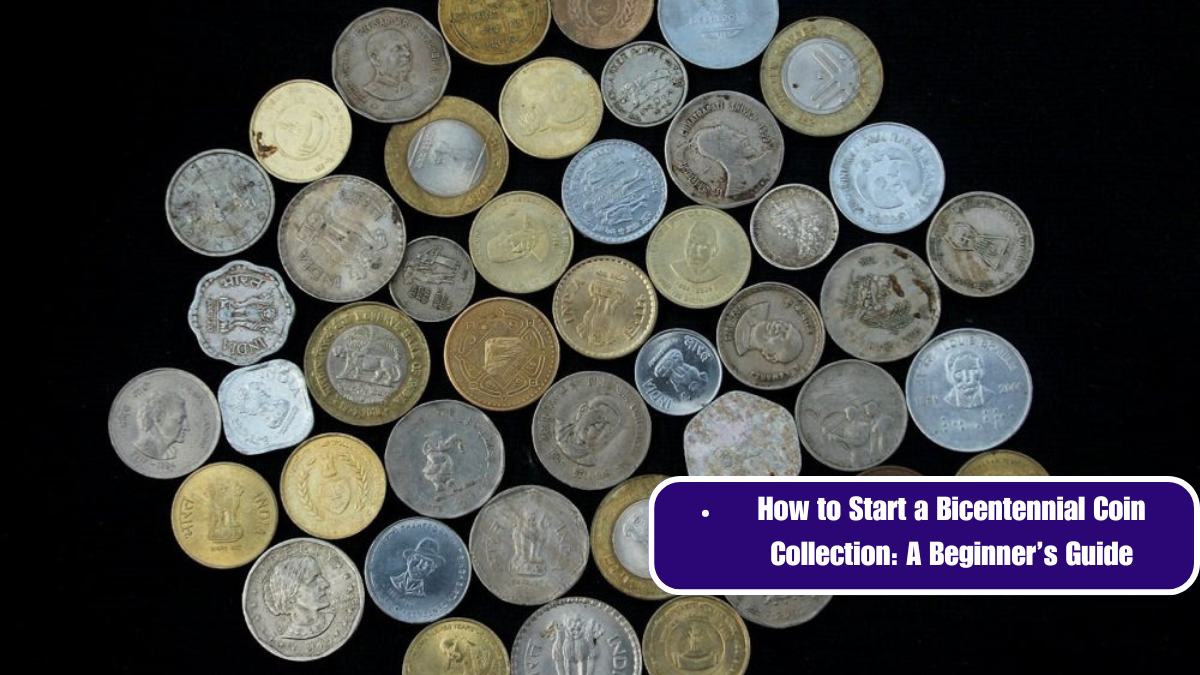The Bicentennial Half Dollar, minted in 1975 and 1976 to commemorate America’s 200th birthday, is a fascinating coin for collectors and history enthusiasts alike. While many of these coins are commonly found in pocket change, a rare subset of Bicentennial Half Dollars holds significant value and intrigue. Here’s a closer look at what makes these coins special and why they might be worth your attention.
A Brief History
In 1975, the U.S. Mint decided to produce a special series of coins to mark the nation’s Bicentennial. This series included the half dollar, quarter, and dollar coins, each featuring unique designs. The Bicentennial Half Dollar, designed by engraver Felix Schlag, features a dual-date of 1776–1976 and a reverse design of the Liberty Bell superimposed over the moon.
Key Features and Variations
- Design and Composition:
- The Bicentennial Half Dollar features a distinctive reverse design that differs from the regular half dollar. The Liberty Bell and moon imagery replaced the traditional eagle.
- The obverse retains the familiar portrait of Benjamin Franklin, though the coin’s dual date is a notable change from standard minting practices.
- Minting Variations:
- Philadelphia Mint (No Mint Mark): Regularly circulated and relatively common.
- Denver Mint (D Mint Mark): Also widely circulated, though slightly less common than the Philadelphia version.
- San Francisco Mint (S Mint Mark): The rarest of the standard issue coins, especially in higher grades.
Rare and Valuable Variants
- Silver Proof Sets (S Mint Mark):
- The San Francisco Mint produced special silver proof sets that included the Bicentennial Half Dollar. These coins are made of 40% silver, giving them a higher intrinsic value compared to their copper-nickel counterparts. Proof coins are struck multiple times for a sharp, mirror-like finish.
- High-grade examples, especially those graded PR69 or PR70, can command premium prices.
- Error Coins:
- Bicentennial Clad Half Dollar Errors: While most errors are minor, certain rare errors like double dies or off-center strikes can be highly sought after. These are rare and often require expert authentication to verify their value.
- Uncirculated Sets:
- Coins from special uncirculated sets, particularly those from the San Francisco Mint, are more scarce. These coins are often found in pristine condition, making them valuable to collectors who seek high-grade examples.
Why Collectors Care
The allure of the Bicentennial Half Dollar extends beyond its historical significance. Collectors are drawn to the coin’s unique design and the variations in minting and errors. The combination of a significant historical event and the potential for rare finds makes these coins a captivating field of study.
Collecting Tips
- Condition is Key:
- The condition of the coin greatly affects its value. Higher grades, especially for proof and uncirculated coins, are more desirable.
- Authentication:
- Given the variety of errors and mint marks, having your coins authenticated by a professional grading service can help ensure you know their true value.
- Complete Sets:
- Completing a set of Bicentennial Half Dollars, including proof, uncirculated, and error coins, can be a rewarding endeavor.
- Stay Informed:
- Market values and trends can change, so staying updated on current collector interests and auction results can help guide your collection efforts.
Rare Bicentennial Half Dollars offer a unique glimpse into America’s coinage and history. While many are common, special variants like silver proofs, error coins, and uncirculated sets provide a rich field for collectors. Whether you’re a seasoned numismatist or a newcomer to coin collecting, understanding what makes these coins special can enhance your appreciation and potentially lead to some exciting discoveries.













